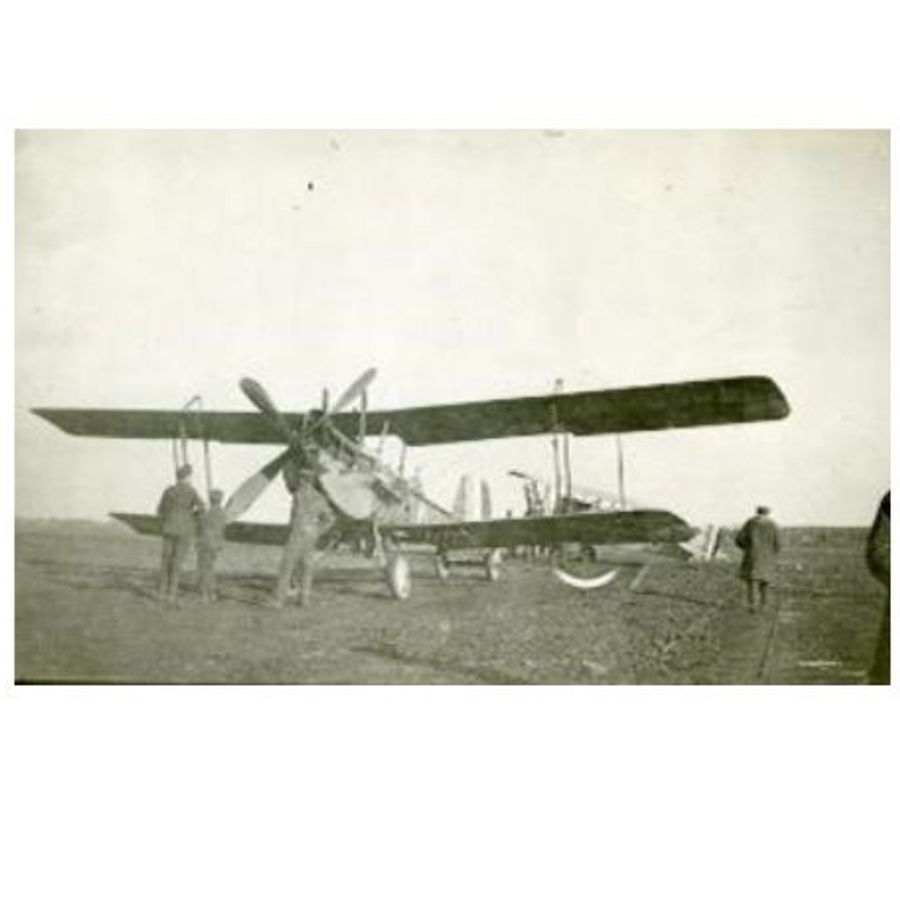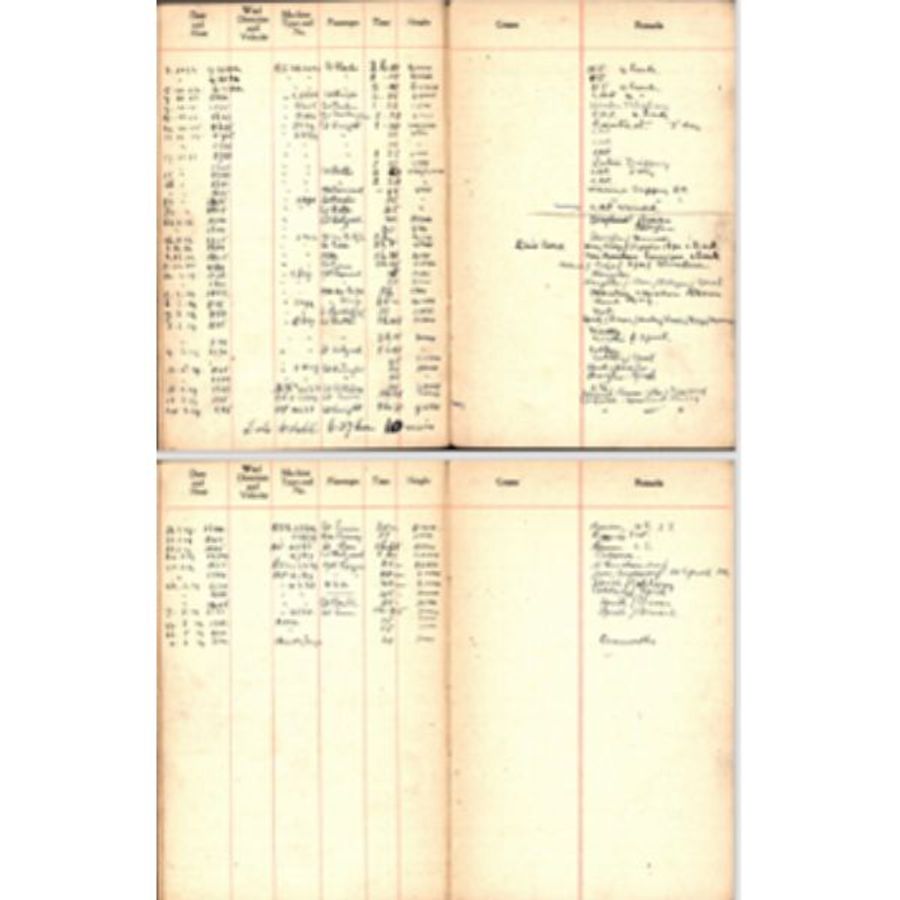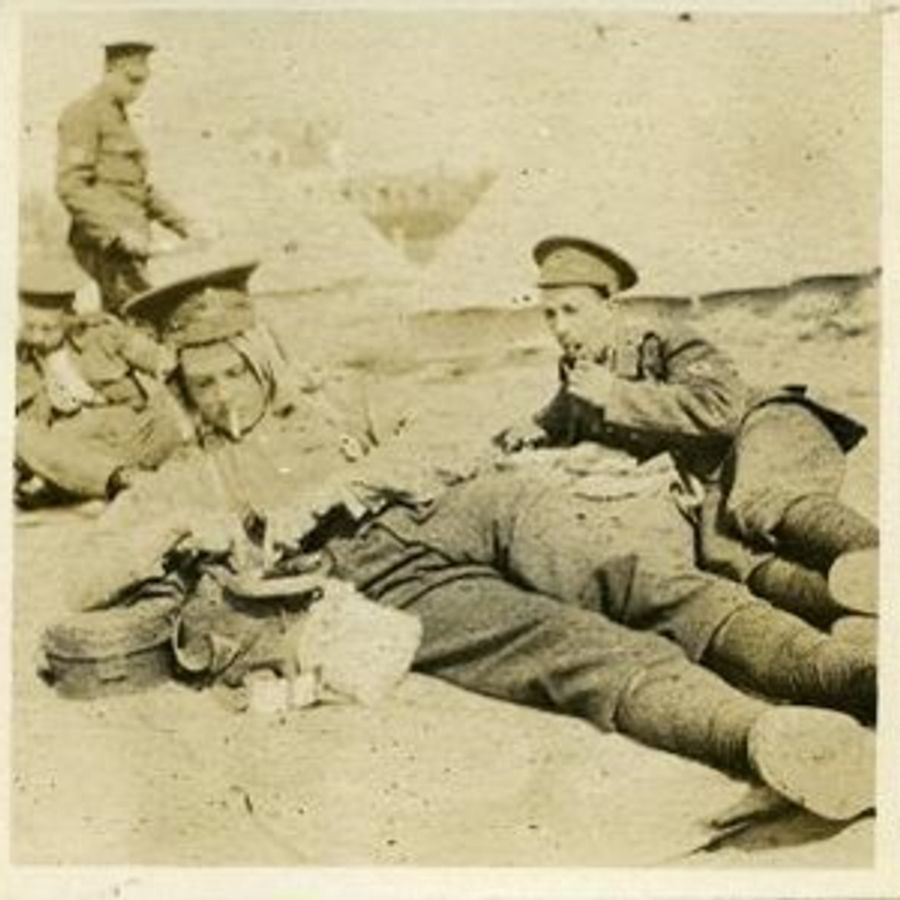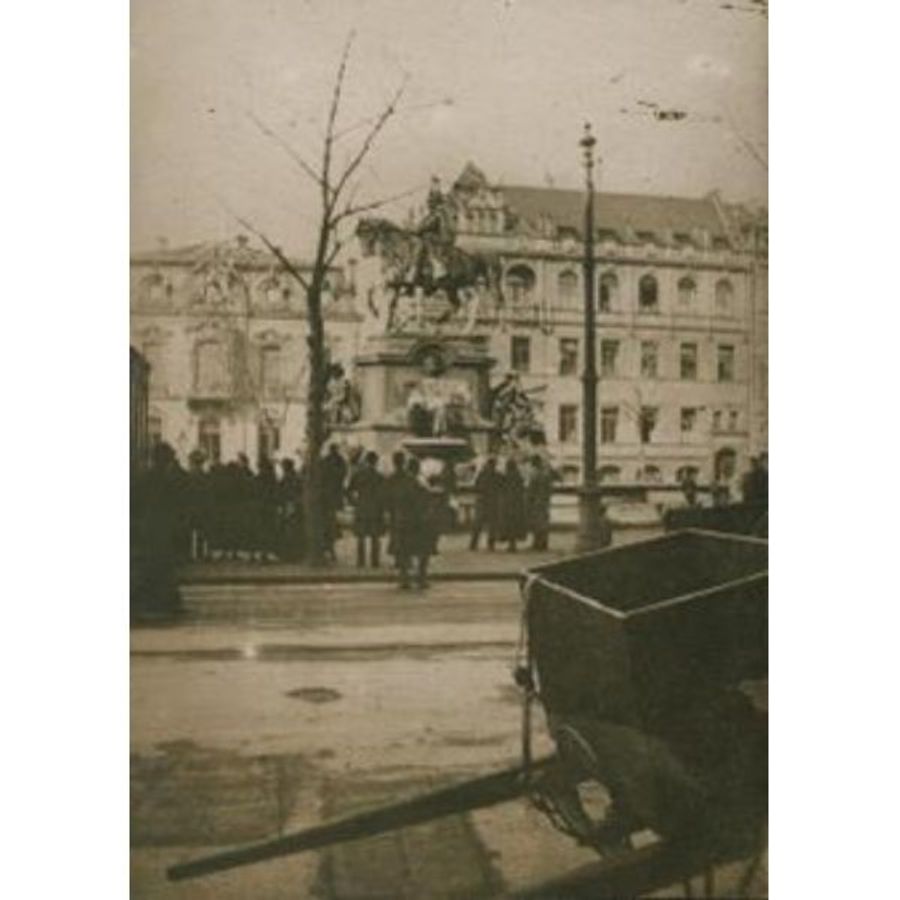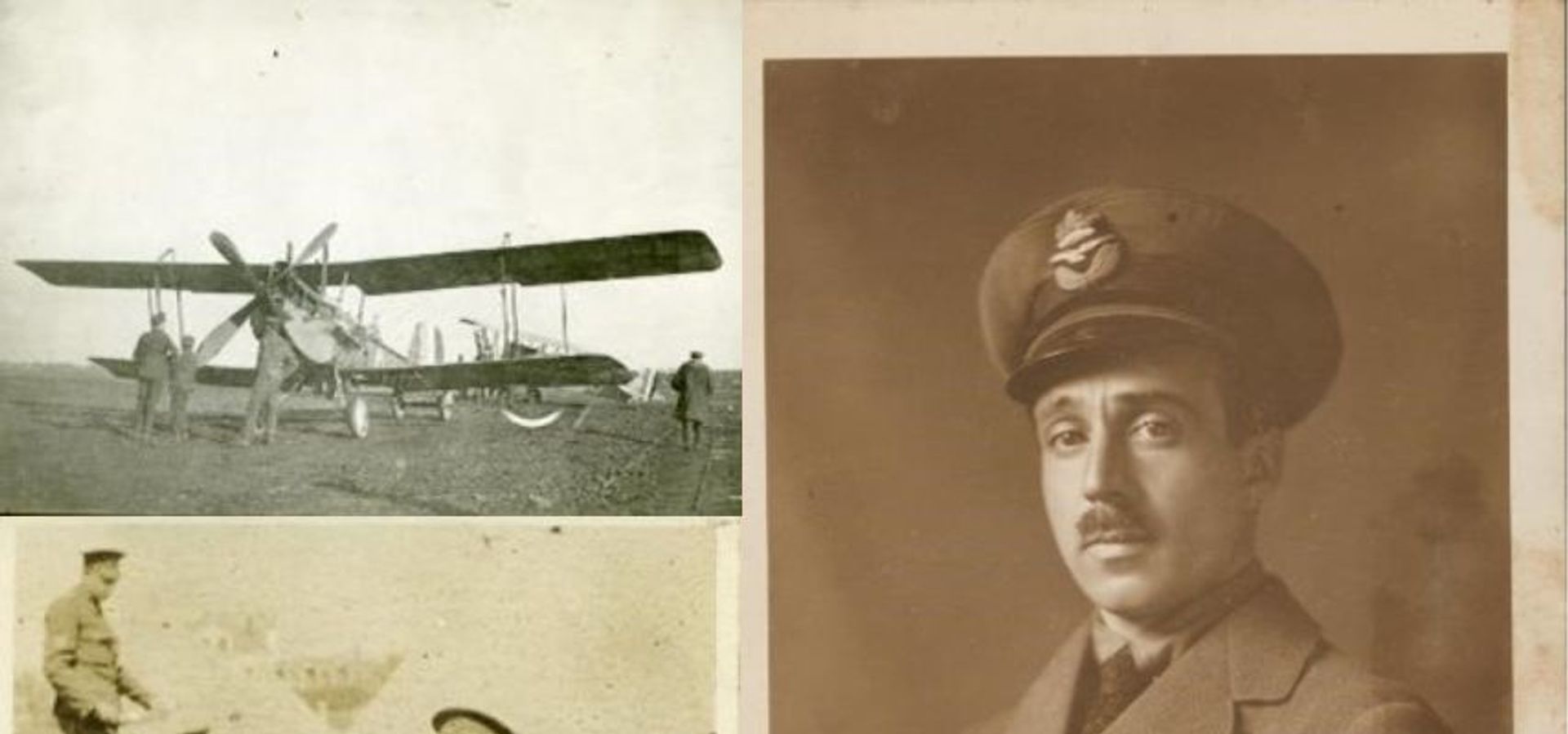
From putting the wind up an officer to putting up the story of James Walker Foreman
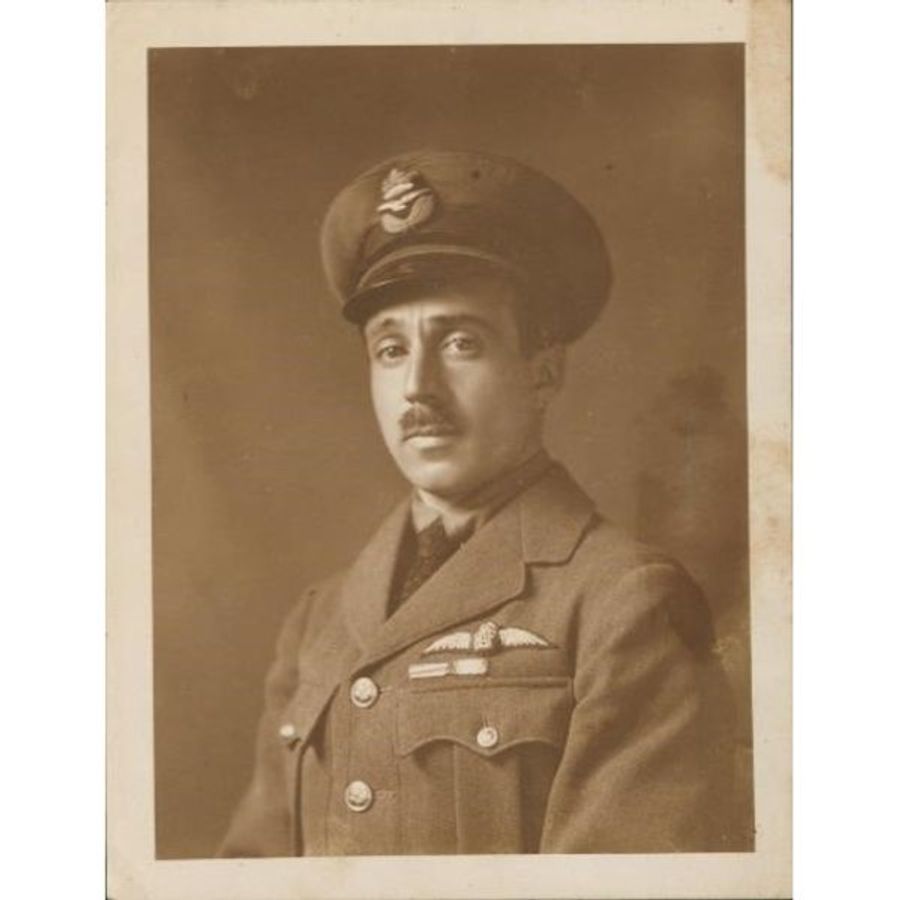
Flying as a pilot in World War One
The World remembers World War One as the war which was meant to end all wars. The brutal slog of trench warfare is remembered for its terrifying conditions which led many soldiers to shellshock. World War Two has been hailed as the conflict of the air with many brave pilots who are remembered to this day. However, air warfare was introduced when the World rushed to war in 1914. Only the Wright Brothers had successfully created light flying machines by 1914. But to say these machines were simplistic is a minimization of the difficult occupation these courageous pilots. The cockpits were open with no navigation aids and few materials which meant pilots relied on a school atlas or roadmaps if necessary and landing in fields to ask for directions was common. However, after numerous developments the air powers play crucial roles in militaries today including reconnaissance and bombing roles which featured heavily in WW1.
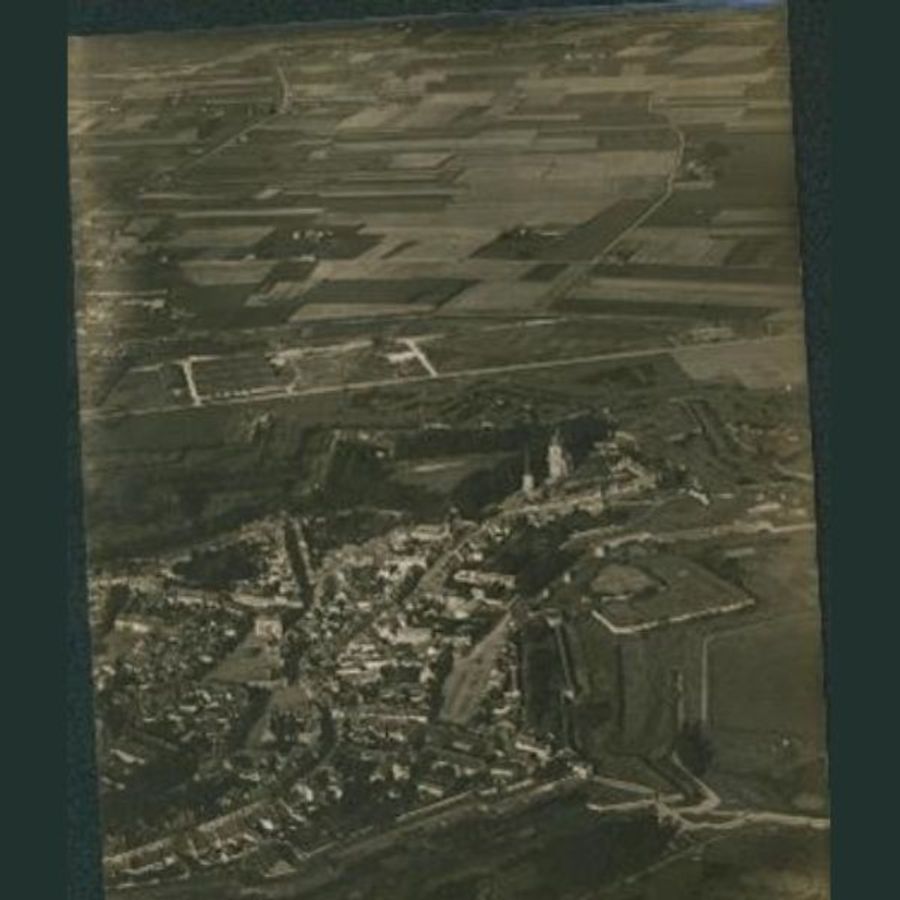
Not just a pilot but a true survivor
James Walker Foreman was a true survivor of World War one. Foreman was a man of many talents. Foreman was local to Leeds residing at Headingley at 37 Chestnut Avenue. Foreman enlisted in 1915 originally enlisting in the medical core however by 1916 he took up the challenge and earnt his wings. Foreman began his training with numerous squadrons before graduating in February 1917 as a photo reconnaissance officer. During 1917 the allies were suffering at the hands of Germanys policy of aggressive flight patrol which downed many allied pilots. But despite this Foreman endured only suffering a wound during October 1918 at the fifth battle of Ypres when he was shot from below. As a result, for his bravery, he was rewarded with the Belgian Croix de Guerre (cross of war) while flying under heavy machine gun fire and bad weather. Despite these difficulties including many technical problems, forced landings, crash landings, Foreman racked up more than 637 hours eclipsing the average survival time of a pilot during the war whilst flying a British factory standard RE8. On average a pilot only survived up to 69 hours on the front lines and often lacked sufficient training.
Just an everyday man
Foreman was one of over 82,000 men who enlisted in World War One and was lucky to come out of the war with only a bullet wound and a sprained wrist. A quirky character Foreman would happily take officers for joy rides to ‘put the wind up them’ and was not shy of an opinion he once called a fellow soldier an ‘idiot’ in the hospital wing after he shot down one of Foreman’s squad. Finally, during the Armistice in 1918 Foreman was in Lille and remarked that ‘the RAF painted Lille red!!’ before placing an object on the statue of the Kaiser. Luckily for the Germans I don’t think any traffic cones were present. In his diaries he often noted what and when he had lunch and was often found in Boulogne or St Julien on his days off. His hobbies included, reading, fishing, and when he returned to England, he would watch the Rugby and travelled up and down the country and often enjoyed days in and frequently went to the baker’s shop. It’s a simple fact but sometimes overlooked that these men who went to war were everyday people who were thrown into a conflict and endured its ferocity.
By James Flynn

